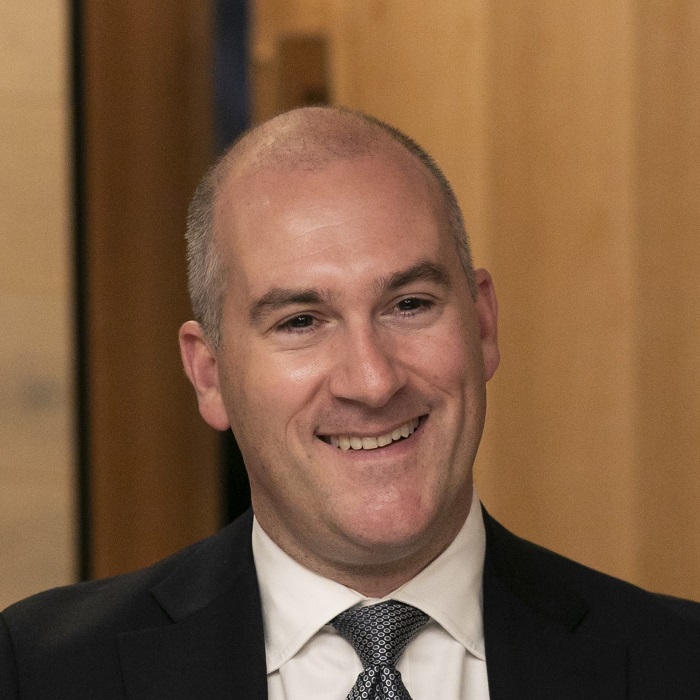No rush to sector consolidation
Difficult business conditions often produce consolidation as the more robust players gobble up struggling competitors. While the KangaNews-Natixis roundtable brought together most of Australia’s largest nonbanks, the focus is more on growing the funding base than outright acquisition.
ZILELI This is our expectation. We have been active in acquiring Symple Loans last year and with our proposed acquisition of the humm consumer book. We anticipate further consolidation and rationalisation as capital demands greater return in a rising interest rate market.
BARRY The issue with consolidation for some in the sector is the funding model. By combining businesses there is a risk of losing aggregate funding capacity – because there is a finite single-name limit to any nonbank’s capacity to fund. This is a barrier to some potential consolidation. Also, fundamentally if a nonbank lender retains access to funding markets it is certainly possible that it will not need to consolidate to grow.
The whole-loan market has been talked about for many years. There have been a few portfolio sales but this has never been a very active space in Australia compared with other jurisdictions.
SPENCER In Canada, 75 per cent of the market is whole-loan sales to banks. The buyers are all Canadian banks and they love the collateral. Most of it has CMHC [Canada Mortgage and Housing Corporation] insurance and the market has been this way forever.
This said, the standard Canadian mortgage is five years, after which point it needs to be rolled over. We introduced a new product to the Canadian market in response to the insecurity of five-year mortgages. We offered a 25-year loan for as long as the borrower meets their obligations. Customers were surprised we were able to do this but, again, it is an entirely different marketplace.
GUESDE In Europe – particularly the Netherlands – whole loans have been a very popular funding solution for nonbank issuers, which has allowed institutional investors to invest in the mortgage market. Initially this was insurers and more recently pension funds.
We expect whole-loan sales with servicing retained to be a growing funding solution in Australia. Whole loans also provide the opportunity for nonbank issuers to transform into asset managers – as both originator and servicer of loans. The development of the whole-loans market in Australia could also lead to further consolidation, for instance matching nonbanks that have invested in technology but do not necessarily have the resources to achieve critical scale.
MARSDEN We have already started to see this trend emerging. One of the causes is valuations on some new entrants to the lending market that seem to be based on tech or market segment without adequately taking into account capital and funding. I don’t think there is any concern about quality of origination but there may be capital and funding constraints. I think the growing focus on this area is positive for the sector as a whole.
Our acquisition approach is light-touch and is based on investing in distribution channels rather than being opportunistic on valuations. We are playing catch-up with respect to product and asset diversification, but we see some reasonable opportunities in very well run, established businesses in the distribution chain.







